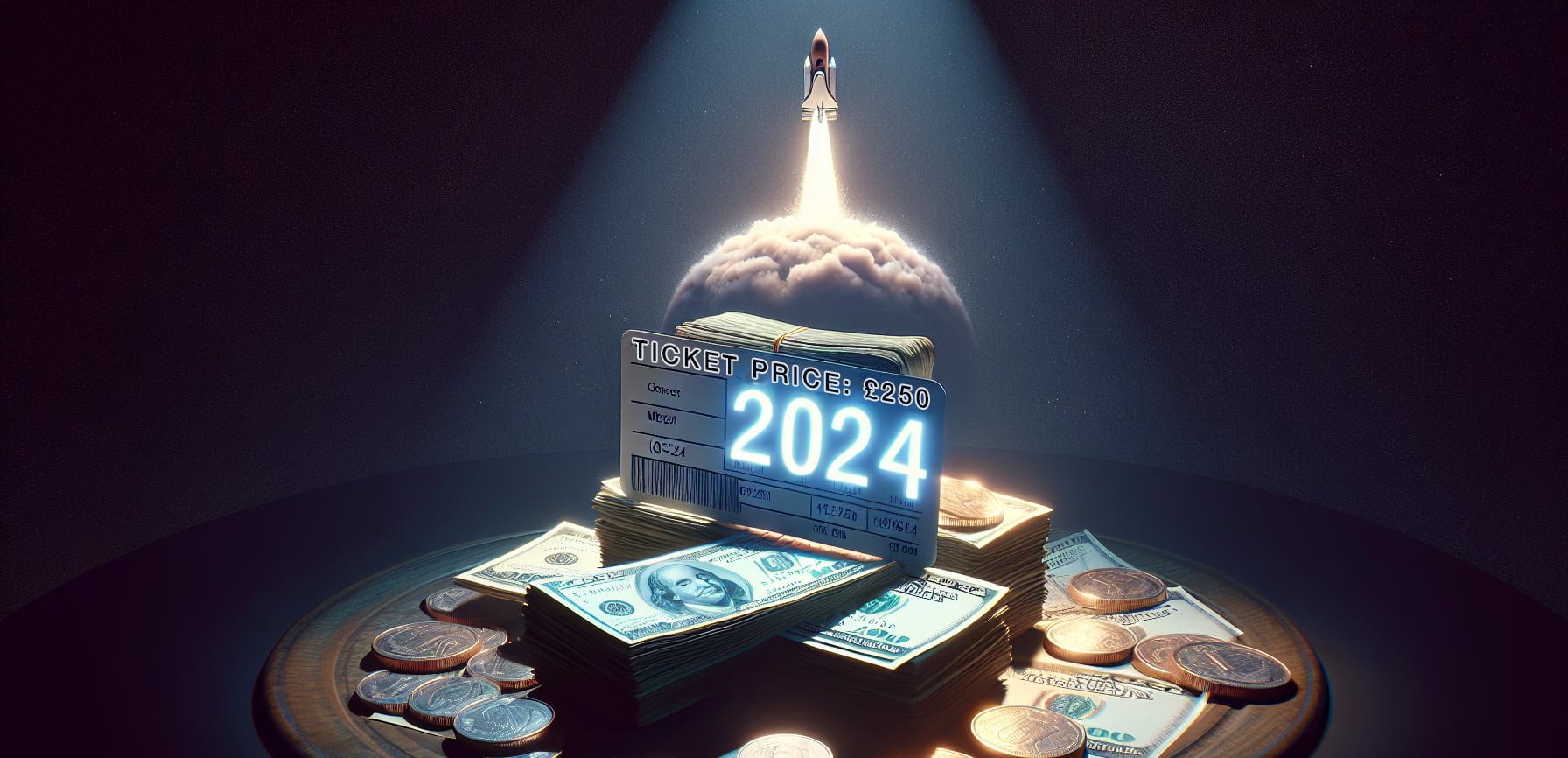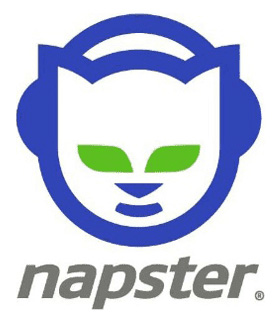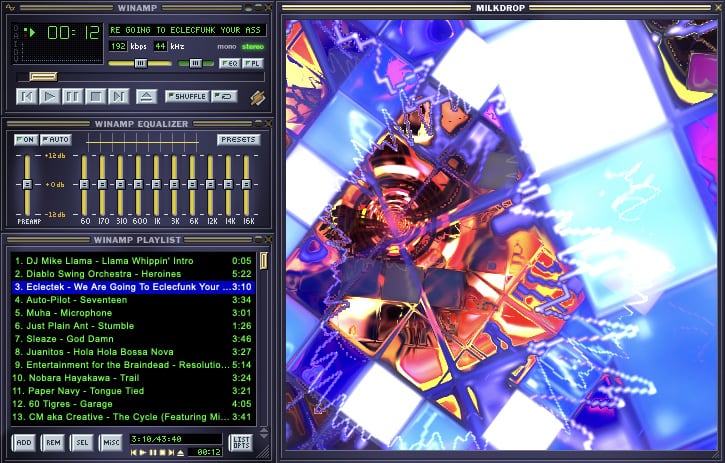Sony recently announced the PS5 Pro games console which had been long rumoured and I, like many people it seems, was a bit shellshocked to see the price to be $699 / £699.
My initial reaction was definitely a bit incredulous (and I probably still am to be honest), but it did also give me pause to consider whether this price is actually as extremely high as it seems. I was curious about the relative costs of games consoles since the 1980s and whether the prices have always been priced relative to inflation. So after a bit of Googling and also a bit of querying via ChatGPT I came up with these approximate costs for a few consoles over the years:
| Console | Launch Year | Original Price (USD) | GBP Equivalent at Launch | Inflation-Adjusted Price (2024)1 |
|---|---|---|---|---|
| Atari 2600 | 1977 | $199 | £115 | £505 |
| Nintendo Entertainment System (NES) | 1985 | $199 | £185 | £500 |
| Sega Master System | 1986 | $200 | £133 | £350 |
| Super Nintendo Entertainment System (SNES) | 1991 | $199 | £114 | £230 |
| Sega Genesis (Mega Drive) | 1989 | $189 | £118 | £260 |
| Sony PlayStation | 1995 | $299 | £187 | £330 |
| Nintendo 64 | 1996 | $199 | £128 | £225 |
| PlayStation 2 | 2000 | $299 | £200 | £310 |
| Xbox | 2001 | $299 | £206 | £315 |
| PlayStation 3 | 2006 | $499-$599 | £277-£332 | £425-£510 |
| Xbox 360 | 2005 | $299-$399 | £166-£222 | £245-£330 |
| PlayStation 4 | 2013 | $399 | £257 | £300 |
| Xbox One | 2013 | $499 | £322 | £370 |
| Nintendo Switch | 2017 | $299 | £230 | £250 |
| PlayStation 5 | 2020 | $499 | £384 | £390 |
| Xbox Series X | 2020 | $499 | £384 | £390 |
So looking at those prices it does seem like the cost of the PS5 Pro isn’t so far above the rate of inflation. It’s also worth noting that the PS3 launched with a pretty high price that had similar reactions from people. Even so, the cost is quite a bit higher than people expected, and it does seem really expensive to me (and as many people have pointed out at that price it still doesn’t come with a disc drive by default).
So, why have Sony priced it this way? There are a couple of factors to consider. The first is a point a friend of mine made to me when discussing it, perhaps Sony looked at the fact that many people are happy to spend £700 – or way more – for the latest smartphone, and they might do that every 2 or 3 years or so on average. If people see the value in spending that money for a phone then surely £700 for an extremely powerful games console is worth it? I can certainly acknowledge that logic and it certainly did make me think again when my friend suggested that explanation.
The second factor is market trends and consumer willingness to spend. Over time the cost of consoles has gone up along with the technical capabilities of the consoles, additionally the price of AAA games for consoles has also increased. Prior to 2020 the average cost of a AAA game in the US was $59.99, after then this rose to $69.99 alongside special / collector’s editions priced from $70 up to $150 in some cases. Despite those high (very high in my opinion!) prices people still buy them, so market forces seem to dictate and support Sony’s price.
One reason cited for the high cost of AAA games is that consoles (Sony’s at least) are sold at a loss and the cost of these games offsets this. But perhaps now Sony is trying to charge closer to the actual cost of the PS5 Pro?
So there are certainly some valid reasons as to why the PS5 Pro should cost so much, but it is interesting to see how Sony’s competition prices their newer consoles. XBox Series S and X both show pretty good value for money, the S in particular can be purchased for around £200 and can basically play the same AAA games as the PS5 Pro. There is also the long rumoured Nintendo “Switch 2”, Nintendo doesn’t tend to care about the high end of gaming performance but instead is focused on making great playing games, albeit mostly with the same $60+ price tag.
Sony has generally been seen to be winning the current console wars (at least against XBox), but I wonder if the price of the PS5 Pro will end up further reinforcing the Nintendo Switch (or the upcoming sequel) as the most attractive option for more casual gamers?
- This inflation adjusted price is based on conversion of the USD amount rather than the actual UK cost. ↩︎



















